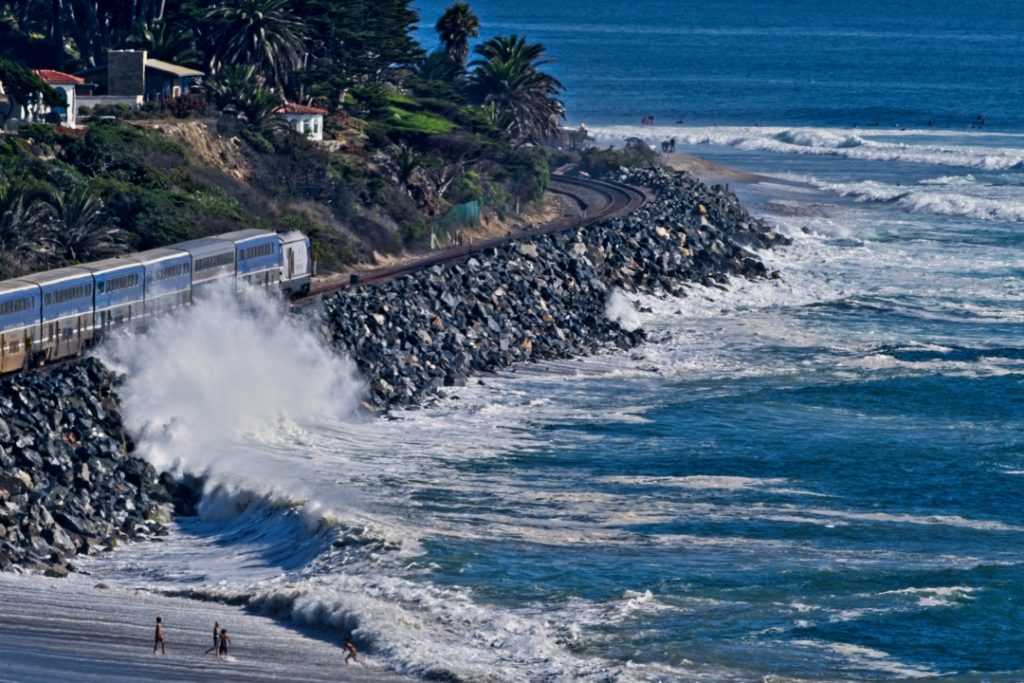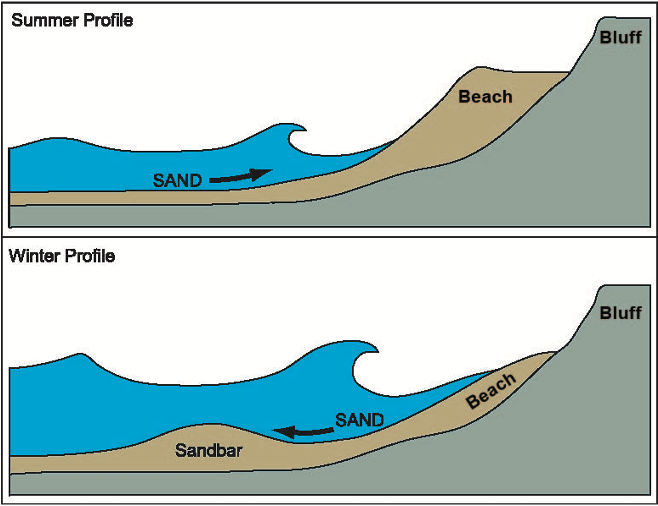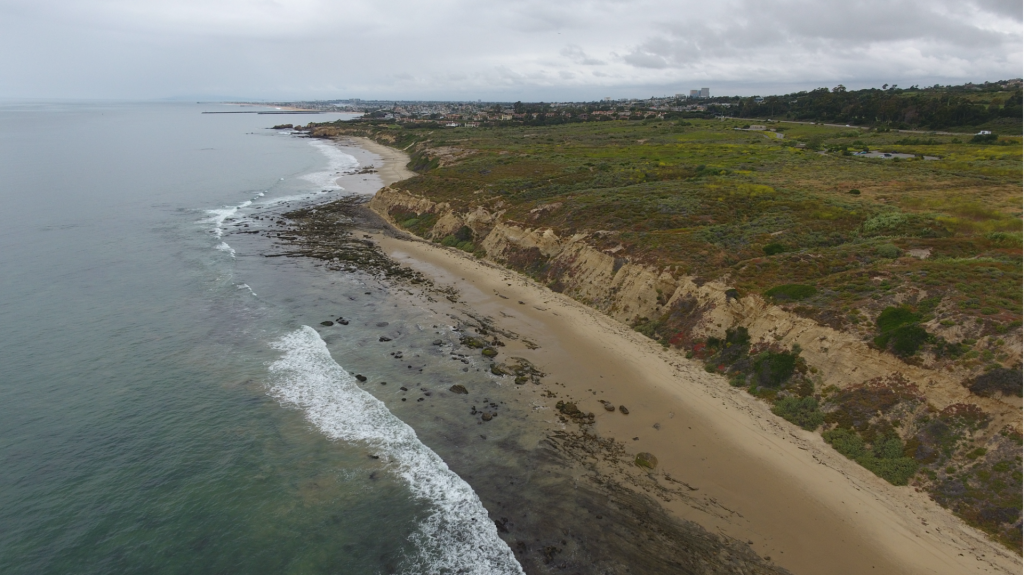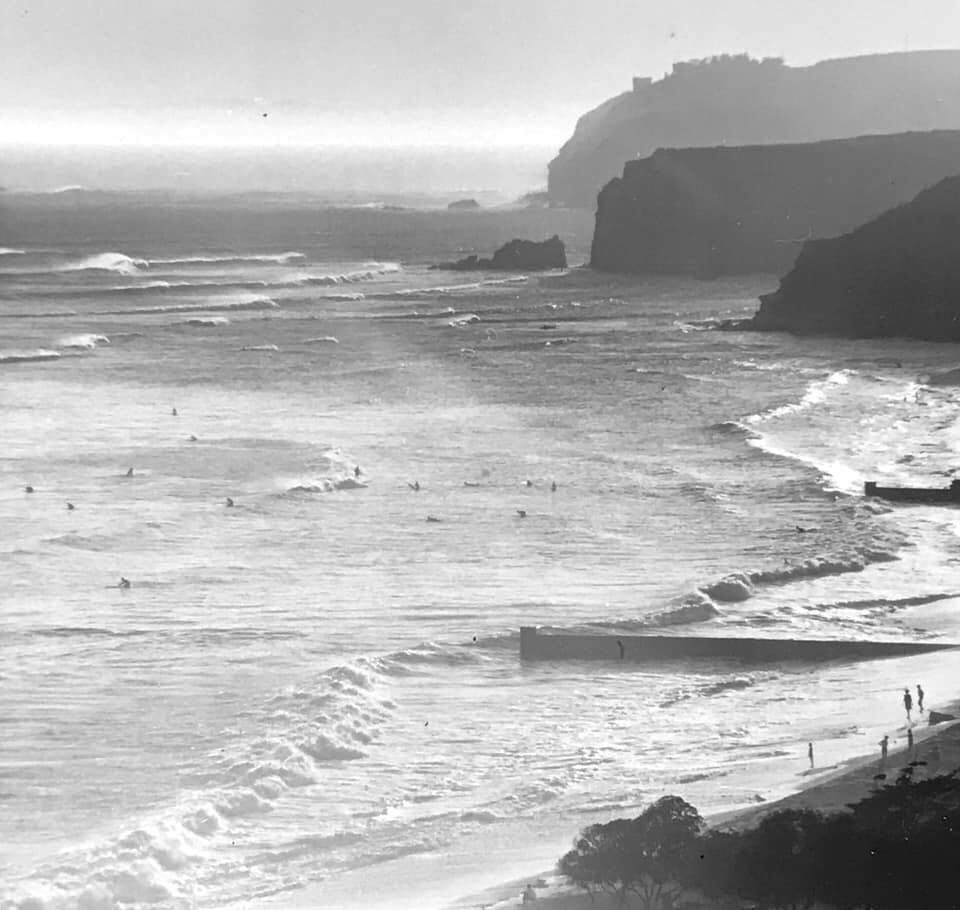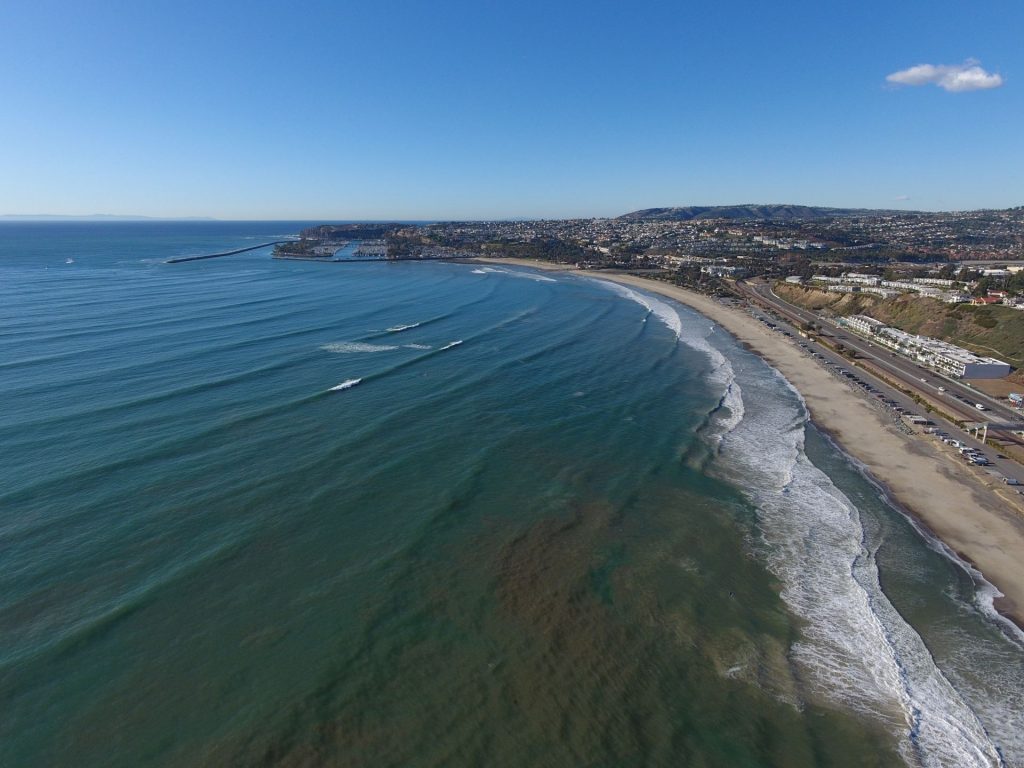Anteater Family Weekend
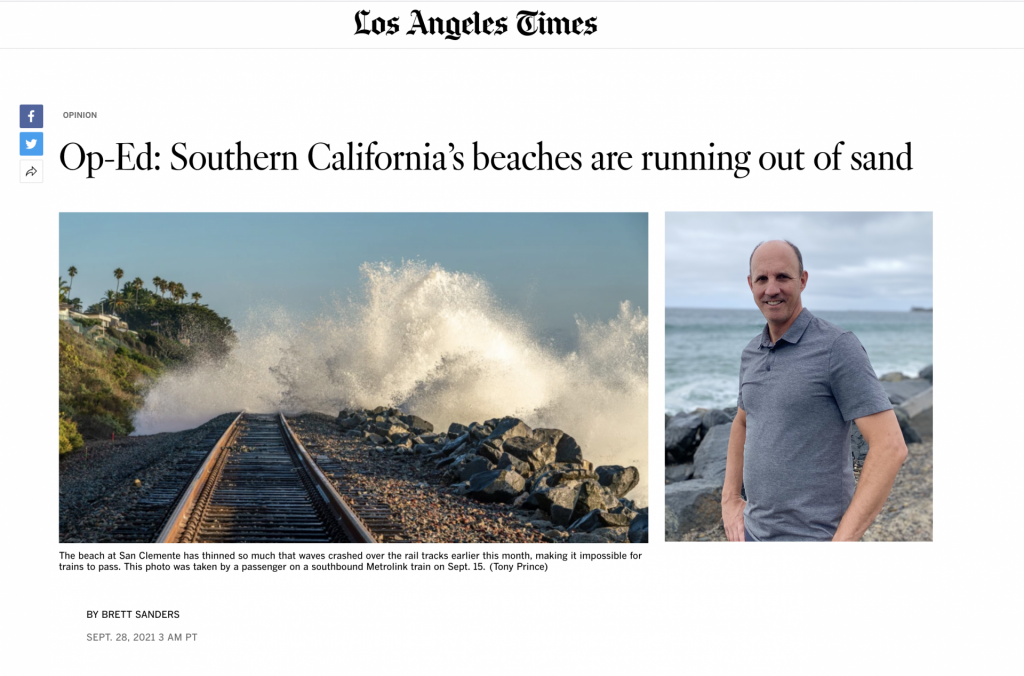
Southern California beaches have begun to disappear. This is a problem we can manage if we have a vision about what’s happening, and we know what to do. I wrote up a an OpEd about this which was published by the Los Angeles Times.
How did we lose the beach?
Energetic waves pull sand offshore.
Beaches with a healthy supply of sand widen during summer under mild waves, and narrow in winter when wave energy is higher. Sand pulled offshore by large waves often forms a sandbar, causing waves to break further offshore and reducing the erosive stress on beaches.
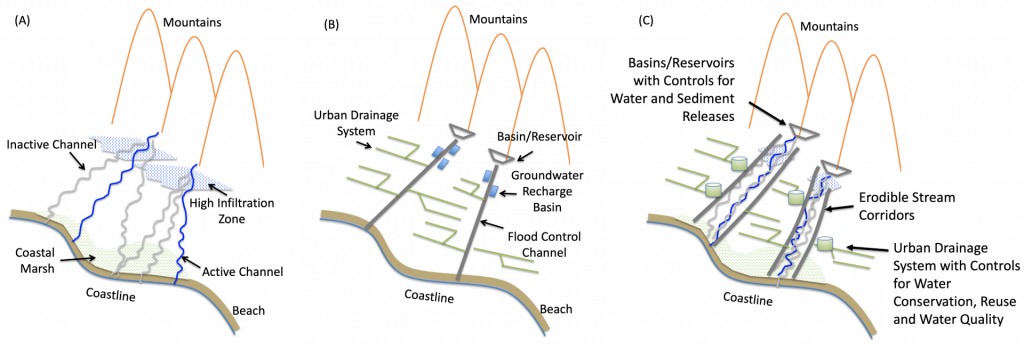
Diminishing Sand Supplies is a Global Challenge
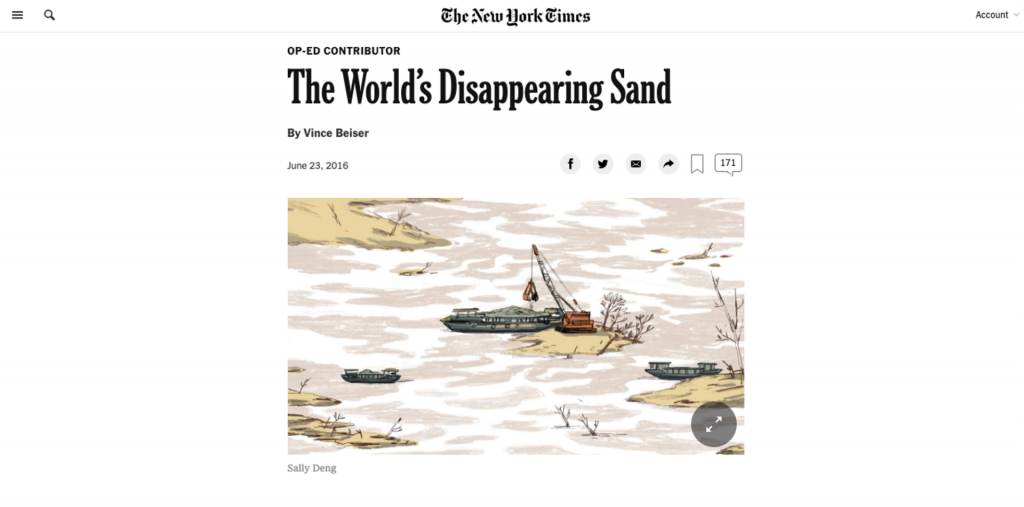
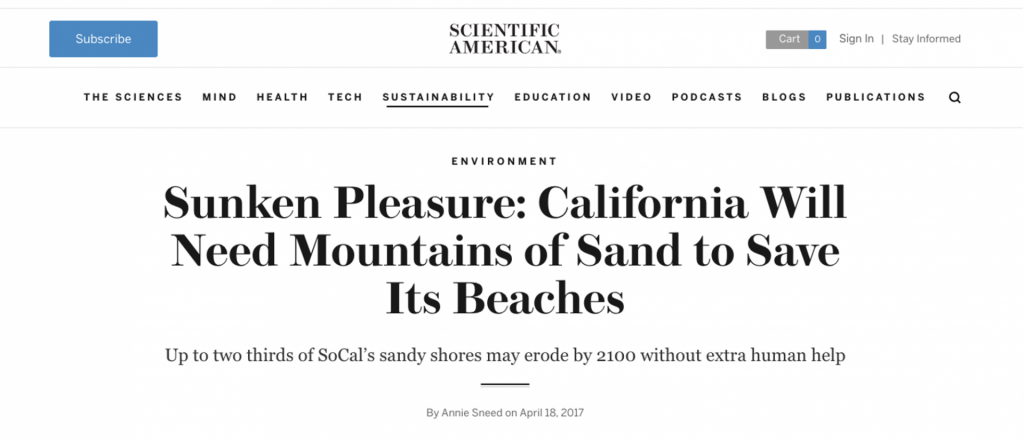
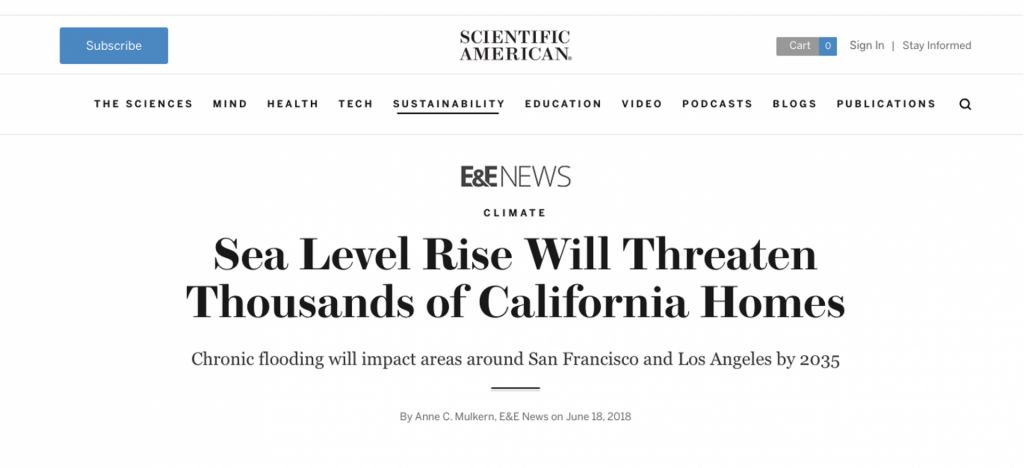
Questions for today:
How did southern California lose its sand?
Can we get it back and preserve California’s iconic beaches for future generations?
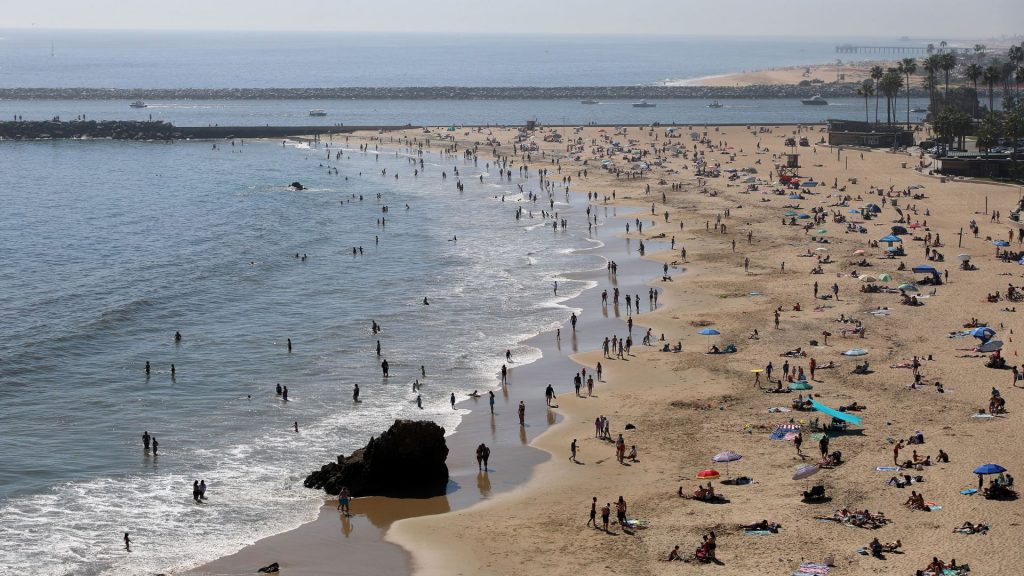
Five Steps to Restore California’s Beaches
Graphic from Sanders and Grant (2020)
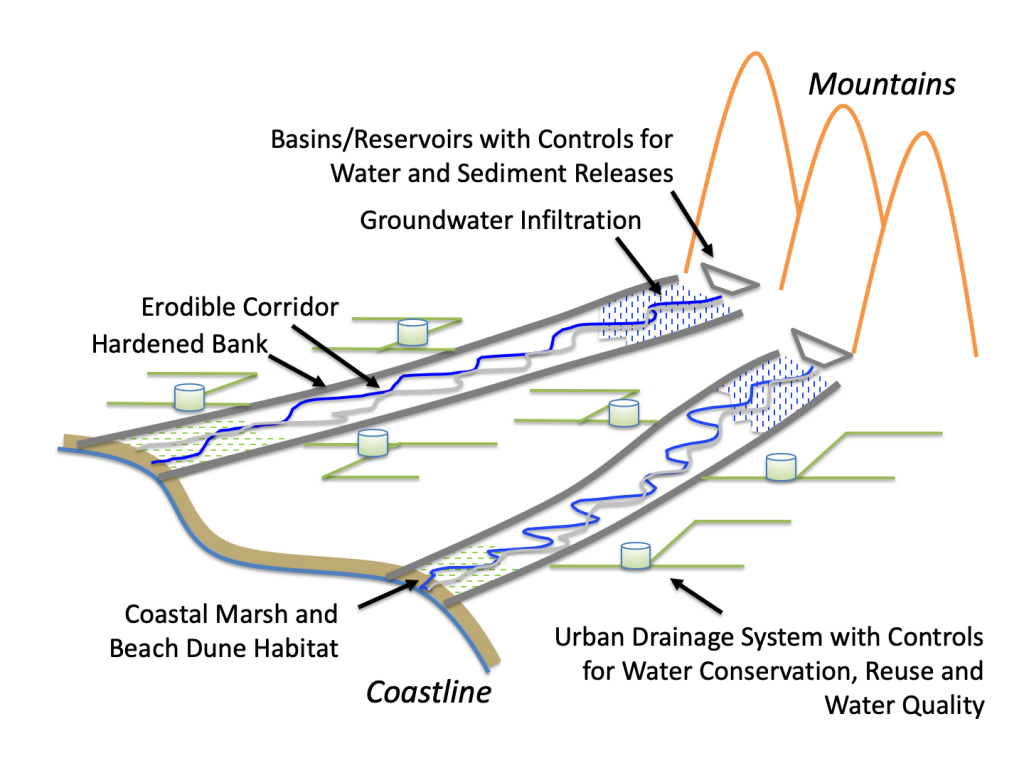
Previously published language from Los Angeles Times (2021)
- We can retool our flood channels and dams to deliver more sediment to the coast rather than capturing it upstream.
- We can ensure that armoring projects intended to prevent shoreline retreat account for diminished supply of sediment — and make sure those projects do not create barriers to public access.
- We can streamline permitting so local governments can more easily experiment and innovate with dredging and sediment placement, as well as using natural infrastructure such as vegetated dunes so beaches rise with sea level.
- The state and the region can more aggressively pursue federal funding for shoreline stabilization.
- We can collect data and build modeling systems that give us the understanding needed to manage these coastal systems better, avoiding the worst outcomes, sustaining our ecosystems and maximizing the delivery of benefits we’ve enjoyed for decades.
